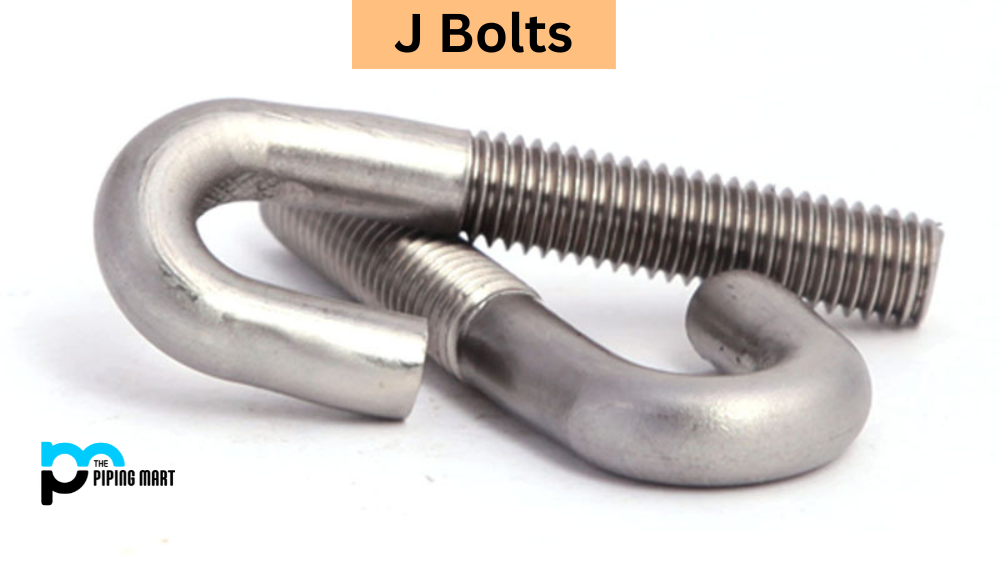Regarding DIY projects that involve installing drywall, screws play a crucial role. Two types of screws that are popularly used are drywall screws and self-tapping screws. Though they may seem similar, they have different features that make them suitable for specific tasks. If you want to undertake a DIY project involving drywall installation, it is vital to understand the differences between these two screws to determine which one will work best for you. This blog post will explore the differences between drywall screws and self-tapping screws in detail.
Drywall Screw
Drywall screws are specially designed screws with a bugle head and a sharp point. They are specifically for attaching drywall to wood or metal studs. The bugle head prevents the screw from pulling through the paper face of drywall, while the sharp point makes it easy to penetrate wood or metal studs. They come in various sizes, but all have Phillips heads and coarse-threaded shafts, allowing them to grab onto interior surfaces better than traditional wood screws.
Self-tapping Screw
A self-tapping screw is a type of screw that can tap or thread its hole as it is screwed into place. It has a special point at the tip that cuts away material as it turns to create an internal thread in softer materials such as wood, plastic and metal sheeting. Self-tapping screws are designed for permanent assembly applications and often replace older threaded fasteners such as nails or nuts and bolts. They provide better-holding power than those other methods but are removable with standard screwdrivers.
Difference Between Drywall Screw and Self-tapping Screw
Tread Design:
One of the most significant differences between drywall screws and self-tapping screws is their thread design. Drywall screws have a coarse thread designed to grip and hold the drywall in place. These screws are excellent for drywall and other thin materials as they have a sharp point that can easily penetrate the surface. However, they are not suitable for use with thick materials.
In contrast, self-tapping screws have a thread design that allows them to create their thread in the fastened material. These screws are specifically designed for thicker materials, and the threads are sharp enough to cut through the material and grip it.
Colour and Material:
Drywall screws are predominantly black and are made of hardened steel. They have a black phosphate coating that helps prevent corrosion and rust. Because of their specific design, drywall screws are unsuitable for other materials or projects. Using them in other materials can result in poor performance and possibly damage or breakage.
Self-tapping screws, on the other hand, come in various colours and materials, such as stainless steel, brass, and galvanised steel. They are suitable for various materials, including metal, wood, and plastics, making them more versatile than drywall screws.
Size and Length:
The size and length of screws are also crucial factors to consider when choosing between drywall screws and self-tapping screws. Drywall screws are typically shorter and have finer threads, while self-tapping screws have longer and coarser threads. The length and thickness of screws should match the thickness of the fastened material. Choosing the wrong size or length of screws can result in poor performance and even damage.
Usage:
Drywall screws are specifically designed for use with drywall, while self-tapping screws can be used in several projects and materials, making them more versatile. However, self-tapping screws are seldom used in drywall installation projects as they require pre-drilling, which can lead to cracking. Drywall screws are preferred in these types of projects because they require no pre-drilling and are less likely to cause damage to the drywall.
Strength:
The strength of screws is another crucial factor to consider. Drywall screws are designed to hold the weight of drywall sheets and are sufficient for this purpose. Self-tapping screws are designed to hold much more substantial weight and are ideal for larger projects such as building frames and furniture.
Conclusion:
In conclusion, selecting the right screw for your DIY project is critical. While drywall screws and self-tapping screws may seem similar, they differ in design, strength, colour, material, size, length, and usage. Choosing the right type of screw will ultimately determine the success of your DIY project. Always read the instructions carefully and use appropriate screws for each project. Happy DIYing!

A passionate metal industry expert and blogger. With over 5 years of experience in the field, Palak brings a wealth of knowledge and insight to her writing. Whether discussing the latest trends in the metal industry or sharing tips, she is dedicated to helping others succeed in the metal industry.




